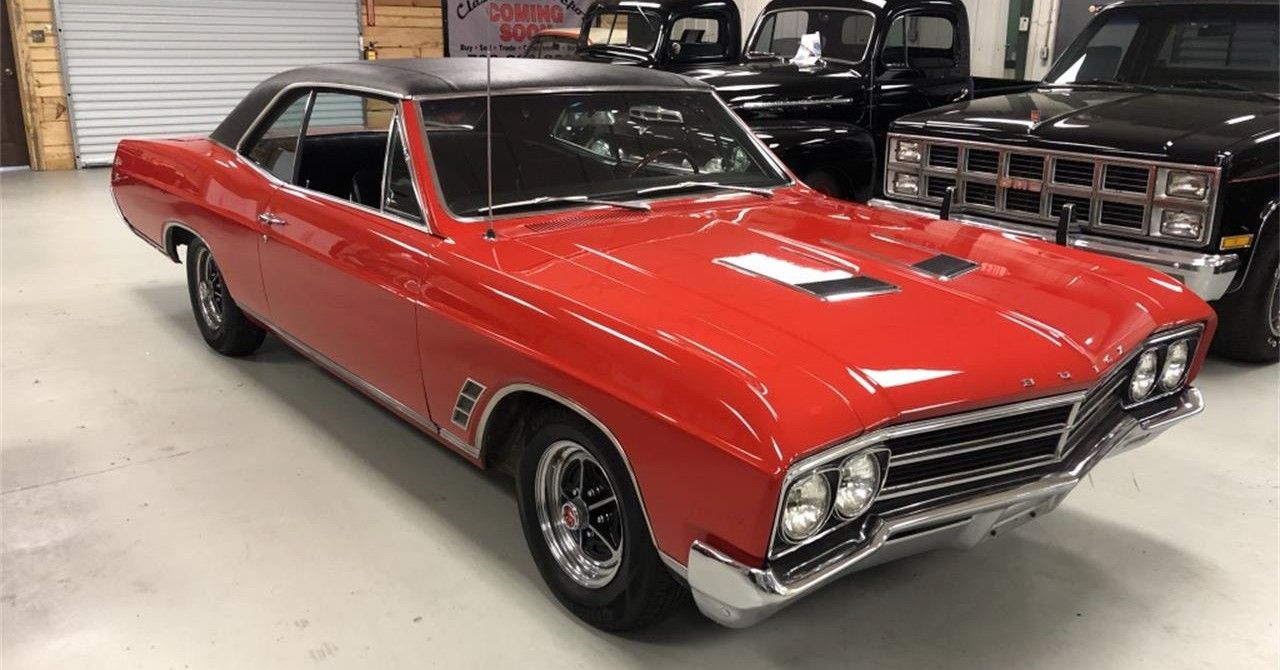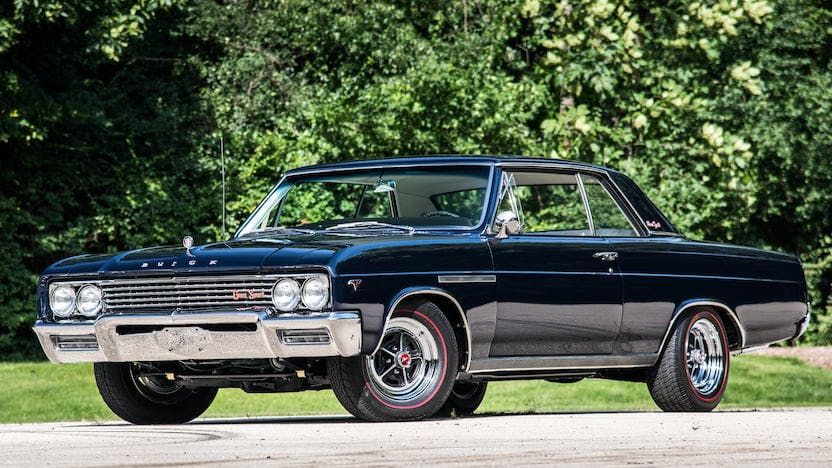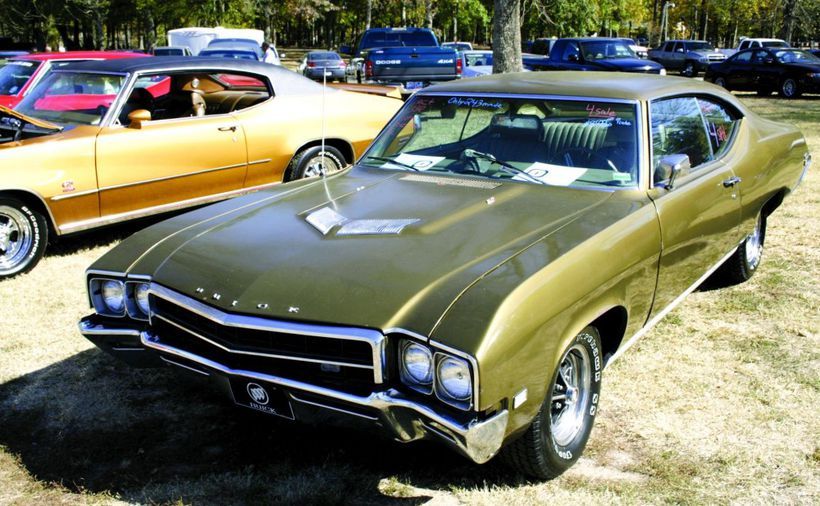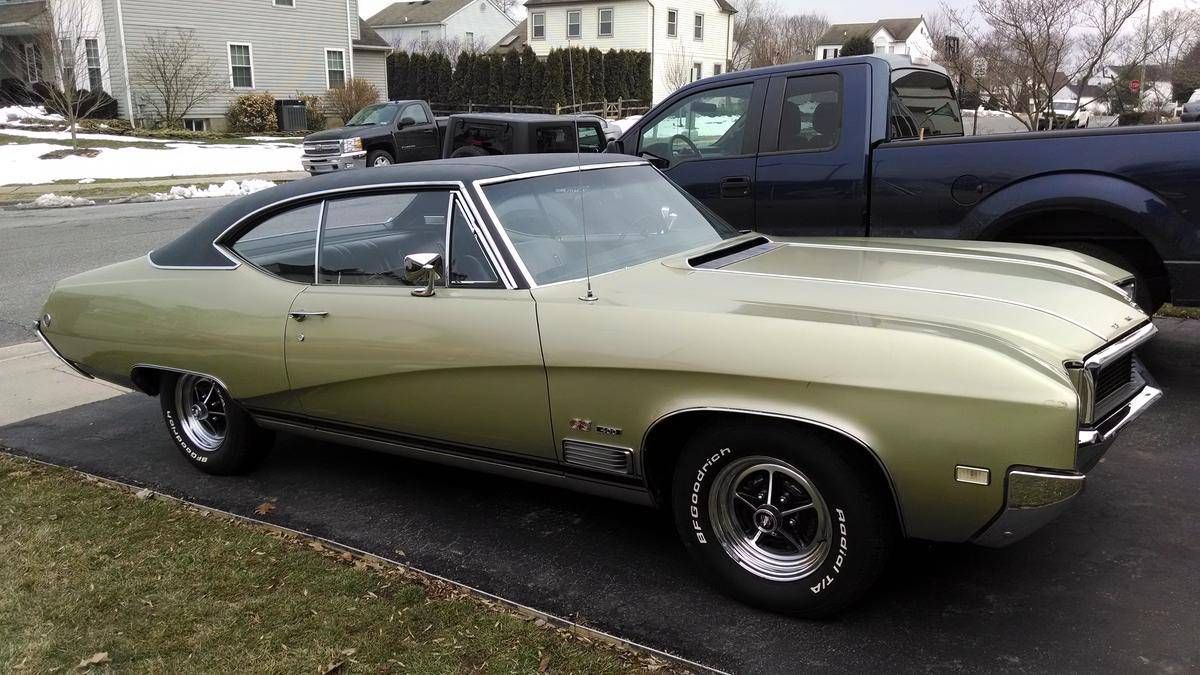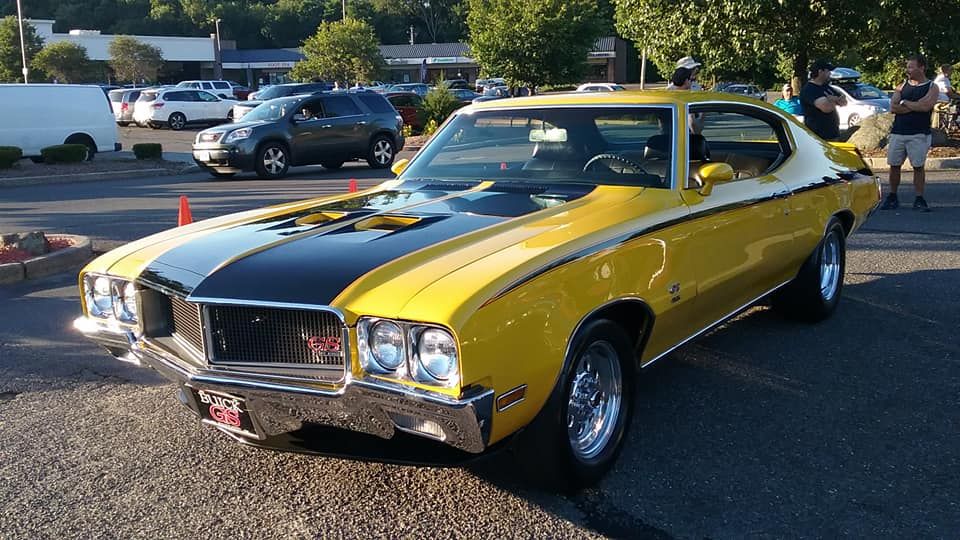If you know your Buicks then Gran Sport is not something new to you. Buicks of yesteryears used the name to distinguish themselves from the less dynamic offerings. By that definition, the Gran Sport was all muscle and offered a lot of luxe in a package that slotted a notch below the better-appointed Cadillacs.
Now, a lot of Buicks adorn the Gran Sport moniker. Although not as influential as they were previously, Buick is still among the few American thoroughbreds on sale. Up until last year, Buick did offer performance credentials in a sedan in the form of the Regal GS. However, the brand decided to shift its focus to SUVs and crossovers which led to the demise of Buick sedans.
That said, some of the Buicks of the past have entered the wishlist of classic car fanatics. The brand made proper luxury coupes that performed, unlike Buicks of today. This alone is one of the reasons as to what makes the Gran Sport a classic.
It Started With The Skylark GS
When Buick decided to ship the 1965 Skylark with a Gran Sport option, the brand saw the first iteration of what would later become their symbol for performance. Although the regular Skylark was sporty with a 300 cu.in V8, Buick decided to up the ante with a 401 cu.in V8- the largest engine permitted by GM. This engine produced 325 horsepower and 445 lb·ft and was known as the "nailhead" engine due to its distinctive valve design. Buick marketed the engine as 400 because that was the maximum engine size allowed in intermediate body cars. With falling sales and increasing competition from rival brands, Buick stepped up their game with the Stage 1 option in 1969. It was limited to less than 1500 cars and made 340 horsepower and 440 lb·ft. Stage 1 Buick GSs, in particular, are in demand in the classic car market thanks to their rarity.
Buick Grand Sport 340/350
In 1967, Buick brought in the GS California and GS 340 which were marketed as a high-performance family sports car at economy car prices. Built on the thin-pillar chassis it came equipped with a 340 cu.in 260 horsepower engine mated to a Turbine 300 2-speed automatic transmission. In 1968, it was replaced with a Buick 350 small-block V8. Out of all the options that pre-dates the engine and the bigger units offered later, the 350 proved to outlived its big brothers, lasting until V8 Gran Sport production stopped in 1975. Another reason for its increased demand in the classic car market.
Buick Grand Sport 400
The GS 400 was an interactive upgrade in the GS lineup and featured a 400 cu.in engine putting out 340 horsepower and 440 lb-ft of torque (350 horsepower with Stage 1). To keep insurance premiums low, horsepower ratings were stated much lower than actual figures. The GS 400 came with a four-barrel Rochester Quadrajet carburetor, dual exhaust, 2.93 standard gear ratio, or an optional limited-slip differential, (3.64 stage 1 option, 3.42 for cars with A/C), and the available 3-speed turbo Super Turbine 400 automatic transmission. In 1968 and 1969 Buick offered the GS 400 in a convertible and hardtop model. Like all of the GM body styles in this period, the convertible chassis was considerably more robust than the hardtop version. Hence, if you can source a good GS 400 convertible with Stage 1, expect a fair amount of demand for the model.
Buick Gran Sport 455
Perhaps the most coveted model in the Gran Sport lineup, the Buick GS 455 replaced the 400 in 1970. The base model came with a 455 cu.in Buick big-block V8 producing 350 horsepower and 510 lb-ft of torque. The optional Stage 1 trim came with the same engine with an output of 360 horsepower instead of the stock 350. The Stage 1 engine option used different cylinder heads, a more aggressive camshaft, a specially tuned 4-barrel Quadrajet carburetor, more aggressive ignition timing, a 5/8 inch oil pickup tube, and a higher numerical final drive. The engine was mated to either a 3-speed Turbo Hydra-matic 400 or 4-speed manual transmission. The relatively unknown, very expensive, and very rare 1970 GS 455 Stage 1 drew a great amount of attention and controversy in the muscle car world when in the 1980s it made the “50 fastest muscle cars” list and was touted faster than any other Chrysler Hemi. The controversy remains unsettled even today and makes the GS 455 a favorite among class car enthusiasts.
The GSX package was an additional $1,100 option that gave performance and handling benefits along with distinct design cues to the GS 455. All GSXs had the distinctive full body length black stripe that crossed over the standard equipment rear spoiler and was outlined in red pinstripes. A large area of the hood was also black with a hood-mounted tachometer and black front spoiler. The GSX was considered to be Buick's contribution to the Classic era American Muscle car list as restored versions have sold in auctions for as much as $200,000.
Sources: Wikipedia, YouTube

